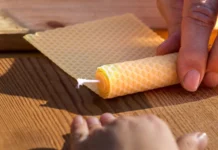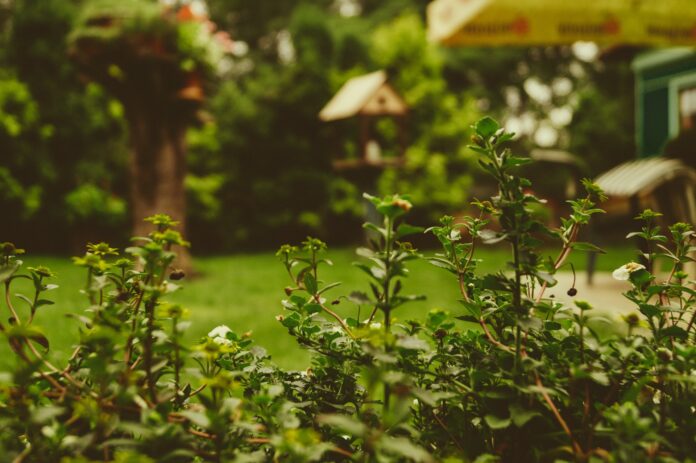
If you would like to grow native plants in your garden you’ll need to take good care of them. A lot of people assume that native plants are easy to look after, but this is not always the case. You will need to know how to look after them so they can thrive. Do not worry this article will show you some tips and tricks so you know how to successfully grow native plants.
Prepare the Site
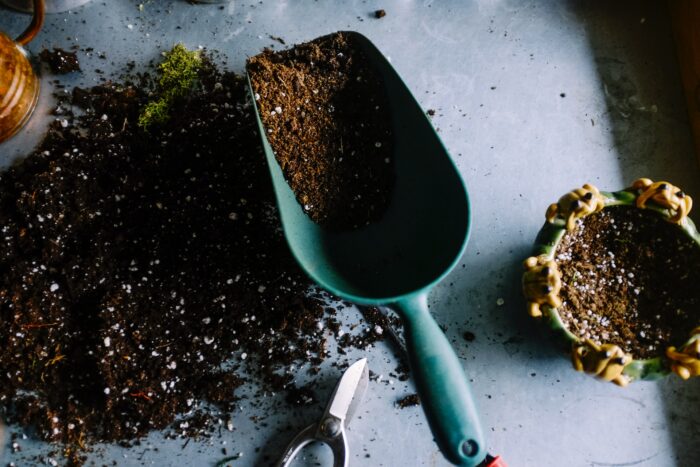
One of the first things you need to do is to prepare the site. You can do this by:
Clearing away any leaves, branches, and rocks where you’re going to dig the hole
Dig the hole so it’s wide enough for the plant’s roots to be fully spread out.
If there is an ugly looking stump of an old tree, you might want to remove that. There are a handful of options on Bob Robinson’s article on his guide on how to effectively remove a tree stump on BestOfMachinery so check it out. Place the soil you’ve dug out into a clear area close by. Remove any roots, rocks, and grass. This soil will be used to fill the hole up again.
Make sure the hole is deep enough so the plant will sit at the same level it sat at when it was kept in a plant pot. Now remove any roots that you can find in the hole. This will help to prevent other plants from growing close by and taking the nutrients out of the soil.
Prepare the Plant
Ensure that the plant is kept moist and cool. Avoid storing it indoors. If you’re not sure how to take care of the plant, get advice from cerbogreenhouse.com.
Potted plants:
Make sure the soil is moist, and tip the plant onto its side. Press on the pot gently so you can remove the plant. Pull it out by taking hold of the base of the stem.
When the roots are exposed, pull them outward. Straighten any roots that are circling around the root ball.
Now place the plant in the hole and arrange the roots so they point outward. This will give it a better chance of surviving.
Make sure the hole is deep enough so the plant will sit at the same level it sat at when it was kept in a plant pot.
Bareroot Plants:
Ensure the roots are kept moist by storing them in soil or compost. You might also want to consider soaking them in water for up to 2 hours.
Cut back any jagged, broken, bruised, or kinked roots
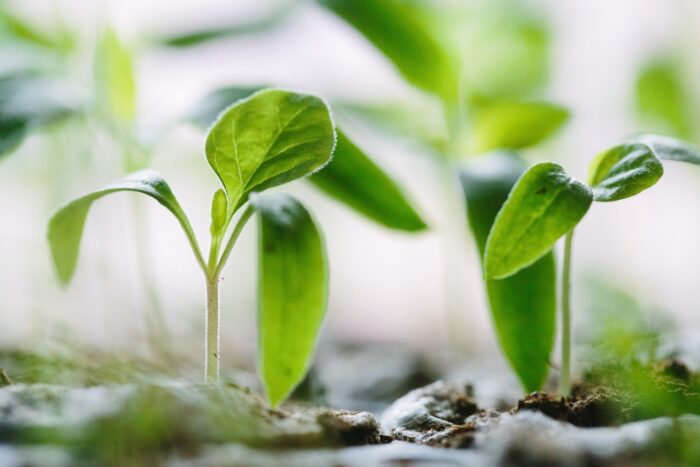
Place a small amount of soil so it forms a mound in the very bottom of the hole. Now arrange the roots around the small amount of soil so the point outward.
Now cover the roots with the soil but avoid the stem.
Fill the hole with the soil that your dugout. If you need more soil use the soil in your garden. If you use soil that you bought elsewhere the roots might only grow to the hole’s edge.
Make sure that you don’t place any leaves, grass, rocks, or sticks into the hole.
Do not add any compost or fertilizer to the hole. Now place some soil around all of the roots without rearranging them.
Push down on the soil so that air pockets are removed. Now create a ring of soil around the plant so water can be held there. The water should drain away very quickly.
Finishing
Water the plant right away so that air pockets are eliminated and the soil starts to settle. If holes appear, add some more soil.
If you’re using mulch or compost add it to the very top of the soil. Create a circle that is no narrower than the roots. The compost or much should not touch the stem.
Maintenance
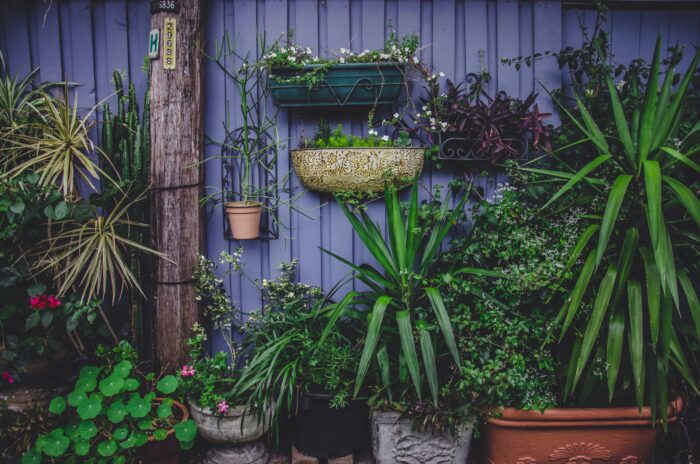
There is a huge variety of native plants, in fact, it’s thought that there are about 7,000 different types in this country. They are fully adapted to the soil and climate.
When they’re grown in an area that has the right conditions, they won’t need much watering. Some native plants will only need to be watered a few times a year. You may want to consider watering them at the end of a dry month.
Cutting down
Your native plants should be cut down in the middle of March. The cuttings can be used as mulch for other ones.
Spraying, pruning, and fertilizing
It’s very unlikely that you will need to spray, prune, or fertilize your native plants. They tend to be very easy to look after, and they’re usually very attractive.
Indulge in Diverse Planting
One of the best ways for you to ensure you have very few weeds is to have a diverse range of plants. Not only are you likely to have fewer weeds but you’ll have more beneficial bugs in your garden. In addition to this, the more diverse your range of plants is, the better the ecology in your garden. This will ensure that your soil is more fertile and it also means weeds are starved.
Encourage Wildlife to Your Garden
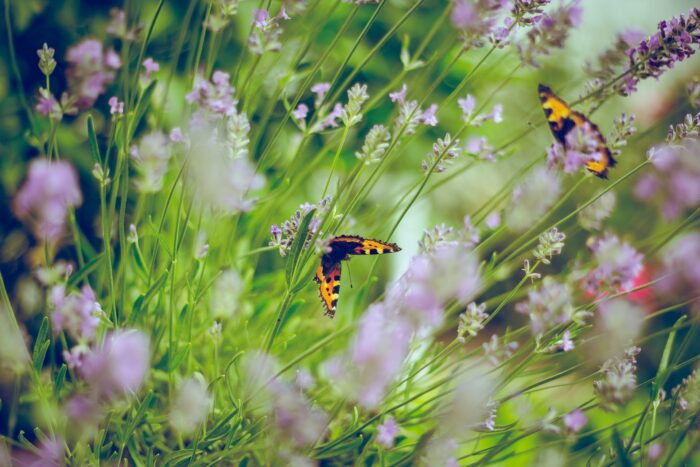
When you plant something new in your garden you may find that the plant itself does nothing for the first year. During the second year, you may see more signs of life. In the third year, you will see them bloom.
This is when you will start to see more wildlife. For example, you may see more bees, particularly those species that can only pollinate certain flowers. In addition to this, you might also see a wider variety of butterflies. The butterflies may lay their eggs on your plants, and attract even more wildlife.
Did you know that when none of your native plants are flowering there will still be some wildlife activity? This is just one of the reasons why growing native plants in your garden are so good.
As you can see, growing native plants in your garden can be very rewarding. With little work, you too could have a garden that flourishes. Use the above tips to help you successfully grow native plants in your garden.

